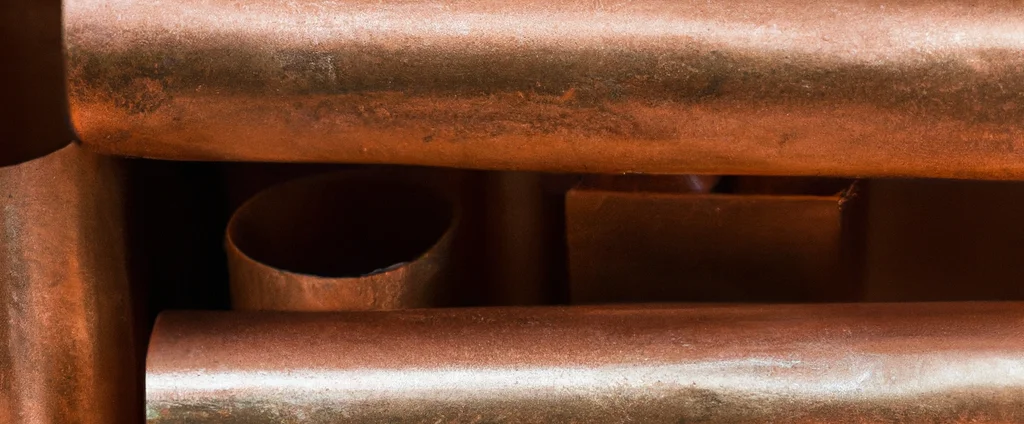Phosphor Bronze (UNS C54400)

Phosphor bronze C54400 is a copper-tin alloy known for its exceptional wear resistance, electrical conductivity, and corrosion resistance. It is widely used in electrical components, springs, and marine applications due to its durability and reliable performance.
| Chemical Composition | ||
|---|---|---|
| Element | Min | Max |
| Copper | —— | Remainder |
| Iron | —— | 0.1% |
| Lead | 3.0% | 4.0% |
| Phosphorus | 0.01% | 0.5% |
| Tin | 3.5% | 4.5% |
| Zinc | 1.5% | 4.5% |
The following table provides a list of bronze C54400 properties in both SI and US customary/Imperial units.
Click on the button to switch between Metric and Imperial units.
| Physical Properties | Metric |
|---|---|
| Density | 8890 kg/m3 |
| Mechanical Properties | Metric |
| Tensile Strength (Ultimate) | 300 - 520 MPa |
| Tensile Strength (Yield) | 130 - 440 MPa |
| Young’s Modulus (E) | 105 GPa |
| Shear Modulus (G) | 39 GPa |
| Elongation at Break | 15 - 50% |
| Poisson’s Ratio (ν) | 0.34 |
| Thermal Properties | Metric |
| Melting Point | 930 - 1000 °C |
| Thermal Conductivity | 86 W/m·K |
| Specific Heat Capacity (Cp) | 380 J/kg·K |
| Coefficient of Thermal Expansion (αL) | 1.73×10-5 1/°C |
| Electrical Properties | Metric |
| Electrical Conductivity | 1.1×107 S/m |
| Electrical Resistivity | 9.10×10-8 Ω·m |
The values in this table are approximate and can vary depending on various factors such as the specific manufacturing process and heat treatment applied to the alloy.
Advantages & Disadvantages of Phosphor Bronze C54400
| Advantages | Disadvantages |
|---|---|
| Excellent corrosion resistance | High cost |
| High strength and hardness | Limited temperature resistance |
| Good machinability |
Applications of Phosphor Bronze C54400
Phosphor bronze C54400 has a variety of applications due to its favorable combination of properties. Key applications include:
- Electrical connectors and terminals: The excellent electrical conductivity and corrosion resistance make it well-suited for use in electrical connectors, terminals, and contacts, ensuring reliable electrical connections while withstanding environmental conditions.
- Springs and fasteners: The high strength, hardness, and durability make it an ideal choice for springs and fasteners. It exhibits good resilience and can withstand repeated stress and loading cycles without deforming or losing its mechanical properties.
- Bearings and bushings: Good wear resistance, low friction, and self-lubricating properties make it suitable for applications such as bearings and bushings, providing reliable performance while reducing friction and wear between moving parts.
- Musical instruments: Used in the construction of various musical instruments, particularly for cymbals and strings, where it produces a desirable tonal quality and resonance, making it popular in the music industry.
- Marine and underwater applications: Excellent corrosion resistance makes it suitable for marine environments. Commonly used in components exposed to seawater or harsh conditions, such as propellers, fittings, and marine hardware.
- Architectural and decorative applications: Its aesthetic appeal and corrosion resistance allow for use in decorative hardware, ornamental accents, and sculptures.
